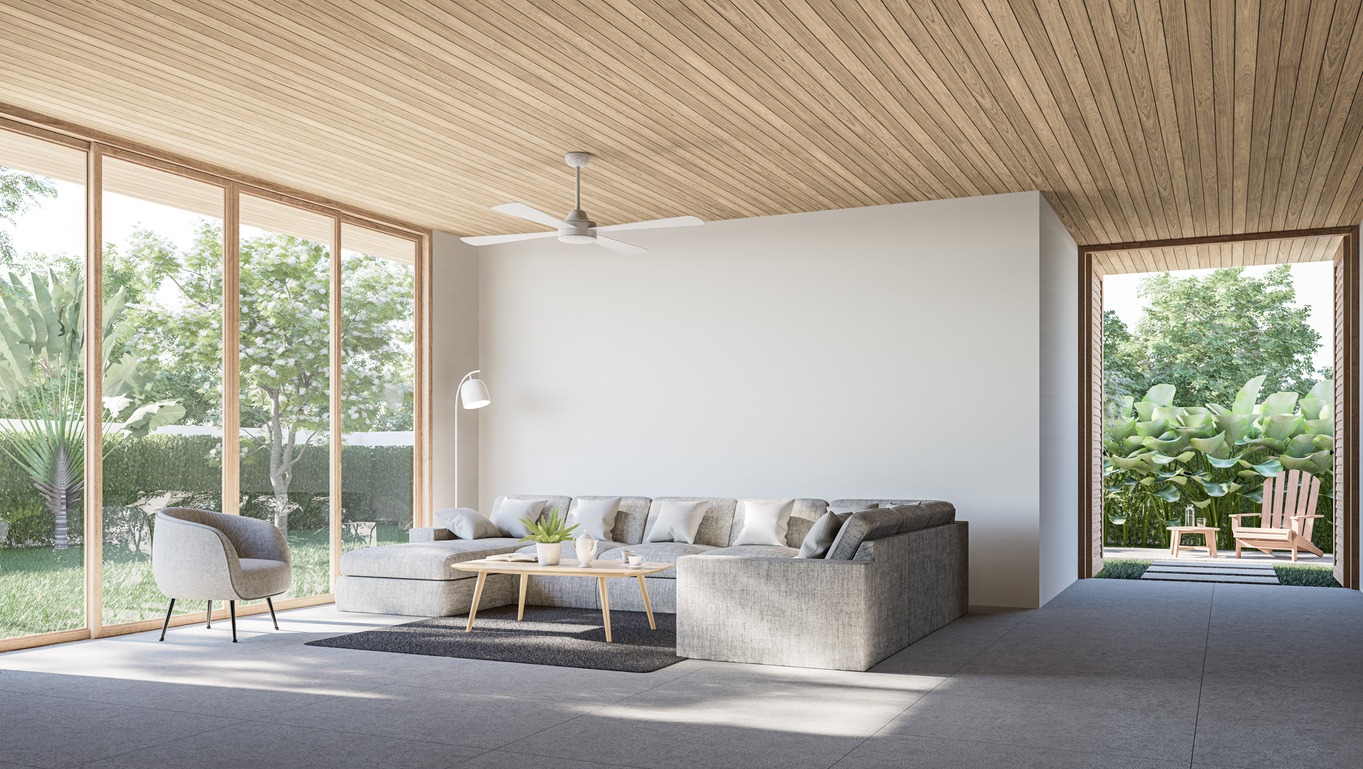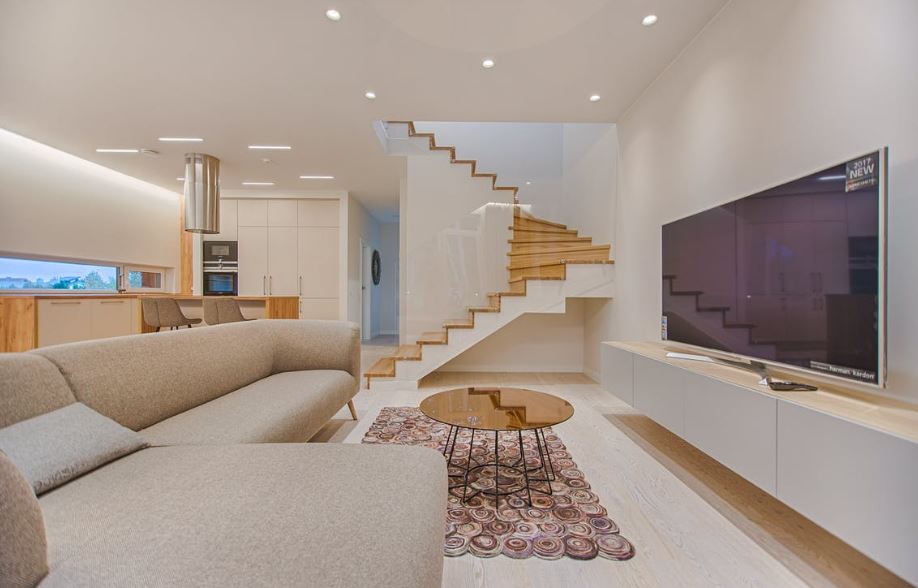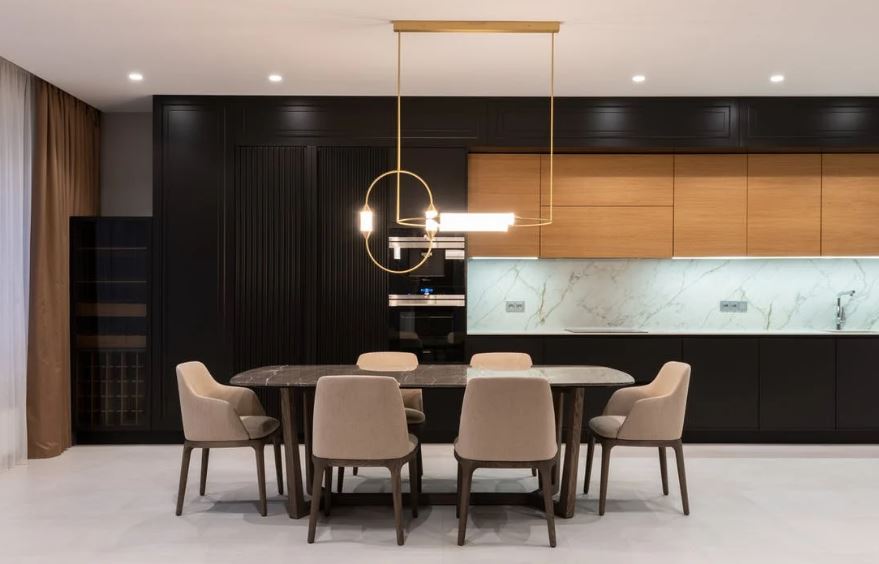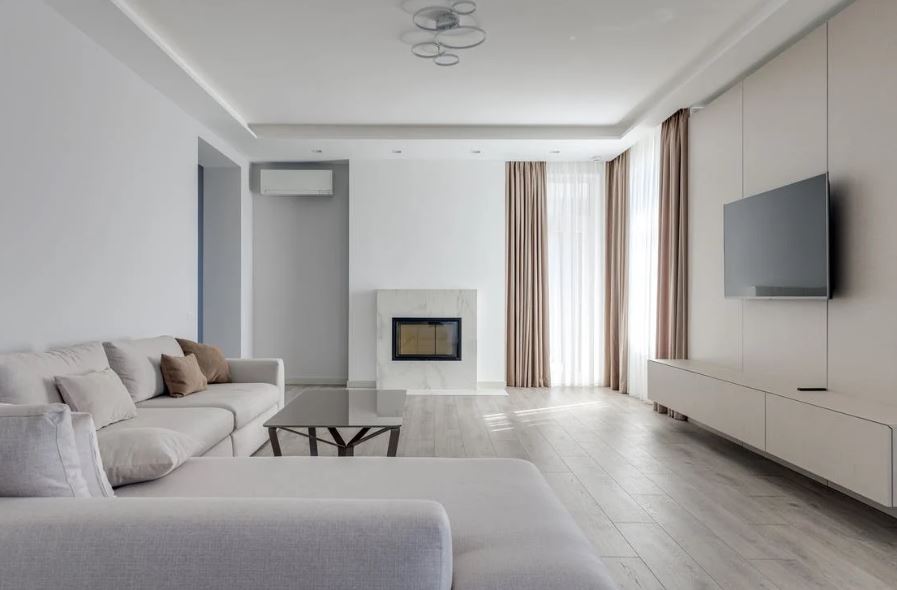Whether you’re wholly new to interior design or have been a fan for years, it can be difficult to distinguish between design styles. There’s a lot of overlap between aesthetics, and nowhere is this more evident than in contemporary design.
You’re not alone if you’ve ever begun wondering what makes a room “contemporary.” This is where we step in. This post will go over the fundamentals of contemporary design.
Please continue reading to find out what distinguishes this popular interior design style from the rest and how you can achieve it in your own home.
What Is Contemporary Interior Design?
Contemporary design is that which is constantly evolving. The term “contemporary” means “of the moment.” As a result, this interior design is all about the present.
This style encompasses a variety of styles that emerged in the latter half of the twentieth century. It showcases what’s new in the world of interior design today. It is changing and experimenting with conventions, embracing new ideas, and taking on new forms as each season passes.
Contemporary Style Elements
Interior designers who create contemporary home spaces are influenced by a few key principles, which include:
Craftsmanship
Craftsmanship is a defining feature of contemporary design. This home design style highlights intentionality, which includes a love of quality materials and artisanship. Curated furniture and clear surfaces are two common elements of the style.
Open Floor Plans
Modern design favors open spaces that emphasize lines, simplicity, and lighting. Instead of an enclosed, formal dining room, you could choose an open dining room and kitchen.
Space
This minimalist home décor approach emphasizes the architectural elements of the contemporary home rather than the items contained within it.
Simplicity
The modern look avoids bold prints in favor of clean and round lines, timeless simplicity, and attention to detail.
How to Decorate in Contemporary Style
You must follow some basic rules to create a contemporary home look.
Art and Lighting Considerations
Track and recessed lighting both help to illuminate a wall. Consider installing indirect or cove lighting in new construction and home renovations. You should use metallic elements and colors on the light fixtures.
Focus spotlights or can lighting on a poster, painting, or print. These will aid in drawing the focus to the pieces you wish to highlight. They can be placed at eye level by placing contemporary sculptures or framed art on a pedestal or structural column.
Frings in natural wood, matte or high-gloss black, or metal finishes are ideal for artwork. If you must combine several pieces, hang them near together to give the impression of one large piece. Check out the best modern luxury interior design for more information.
Don’t overcrowd contemporary-style spaces with collections or multiple pieces. Open space is also just as important in contemporary interiors as furniture.
Uses of Color
The primary colors in contemporary style interior decoration are black, neutral, and white. Black is usually used to ground and define a contemporary-style room.
Bold and bright colors that contrast with neutrals are frequently used to punch up and accent the palette. With walls coated in a basic neutral, you have a great canvas for brightly colored accessories.
The trims should be neutral if the windows and walls are painted in pastels. If a wall is a bold, bright color, use neutrals everywhere else.
Contemporary-Style Furniture
Furniture should make a striking statement while remaining uncluttered and simple, with no curves or decoration. Geometric shapes that are clean and smooth are essential.
Upholstered furniture is frequently found in white, black, or other neutral tones, with natural fibers such as silk, wool, linen, cotton, and jute used to add textural appeal. Pillows in simple geometric shapes add texture and color.
Utilize a simple background and make a statement with your favorite color on a standout piece of furniture. More is less!
Sofas and ottomans frequently have exposed legs, whereas beds and chairs rarely have skirts, fringes, trims, or tassels. You should avoid ruffles, fringe, carved details, and floral prints. Abandon cute and small in favor of basic, bold, bare, and structural.
Space and Line
The line is the most visible and distinguishing feature of a contemporary style interior design. Strong visible lines are apparent in any contemporary-style home, whether straight horizontal or vertical lines or curved shapes. Architectural details, bold color blocks, bare windows, high ceilings, and geometric shapes in sculpture and wall art all feature the line.
The bare space between furniture, on walls, and above in upper areas becomes just as important as the spaces filled with objects. Less is more in modern interior design. Every piece stands out as distinct and one-of-a-kind.
Make use of structural elements. You can hang air ducts from the ceiling, broken bricks add stability and texture, and exposed plumbing pipes look great in a modern-style interior. To draw attention to these structural details, paint them in bright, contrasting colors, or blend them in with the walls.
Flooring
Floors in a modern home should be smooth and bare, made of tile, wood, or vinyl. Choose commercial grade carpet if you must use the carpet for warmth or sound control. Geometric-patterned or plain area rugs add color and texture.
Check out these various rugs ideas that might help!
Additional Design Elements
Great use of stone, metal, and clear or opaque glass works well in a contemporary-styled room. Use heavily textured, plain-colored fabrics for pillows, window treatments, or rugs to soften and warm up a space.
You must avoid colorful, fussy prints because they distract from the plain space that is essential in a contemporary-style home. Two-tone prints look great. Consider a large leopard-print or a zebra-print pillow thrown on a bare floor or a bold, heavily-textured striped rug to anchor sleek, solid-colored furniture.
Flowers and plants should be dramatic and large in simple containers in modern rooms. Large blooms with intriguing foliage outperform small arrangements.
Place upward-focused light fixtures around a huge plant on the floor if space allows. Keep the arrangements neat by arranging rocks or bark chips over the soil in the pots.
Maintain modern dinnerware as well. There are numerous bright colors, geometric shapes, and interesting styles. Silverware, placemats, napkins, and centerpieces can all add texture.
A beautifully styled contemporary living room with a mix of high-shine, contemporary home furnishings that showcase conversation starters that hold on their own in a sea of neutrals is a joy to behold.
As a design movement that is easy to update and will never go out of style, contemporary interior design is timeless and defined by a classic approach to putting a room together through luxurious simplicity. Discover how ancient wisdom meets modern style in our latest post on Feng Shui in contemporary interior design. If you enjoyed our take on modern interiors, you’ll love our latest exploration of contemporary vs. traditional design styles.




